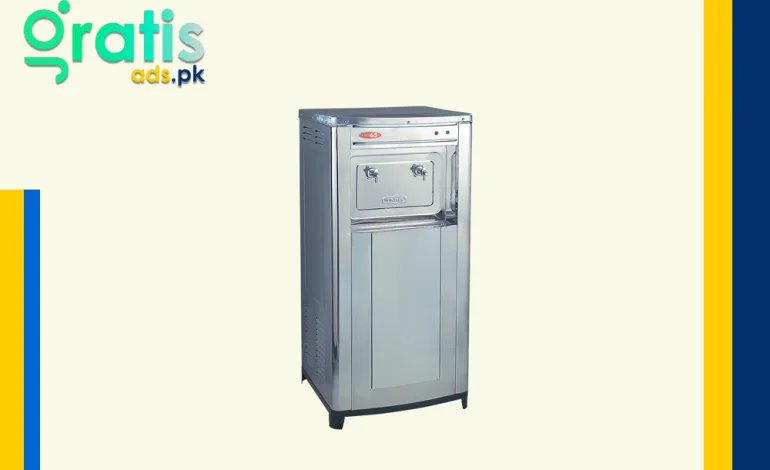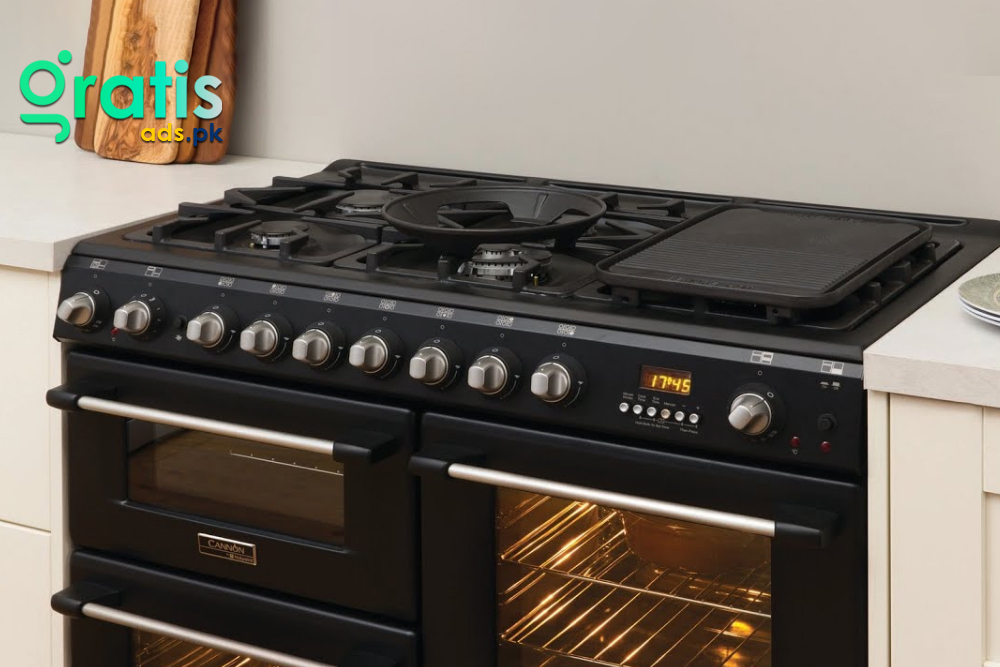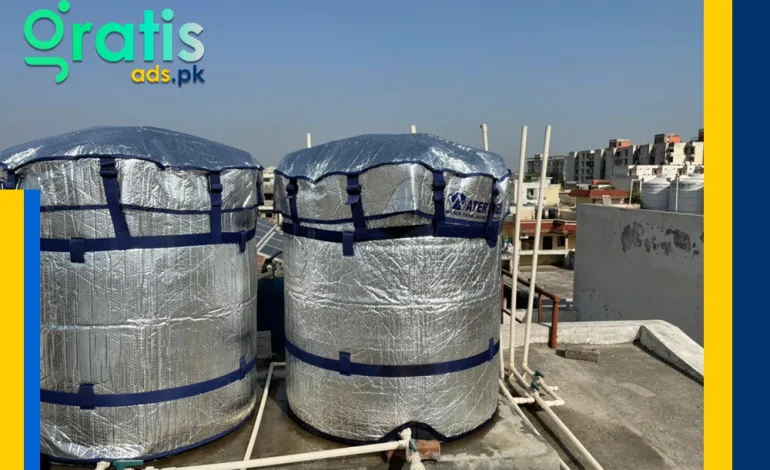
Top Water Tank Cover Materials – Ranked for 2025
When it comes to protecting your water supply, investing in the right water tank cover is more important than ever. Whether you’re dealing with scorching summers, dusty winds, or curious critters, a durable and well-designed cover can mean the difference between clean, safe water and an expensive maintenance problem.
In 2025, the market will have expanded with several innovative materials that offer not just protection but also long-term value. This guide ranks the top water tank cover materials, helping you make the smartest choice for your home, business, or farm.
Why a Water Tank Cover Matters
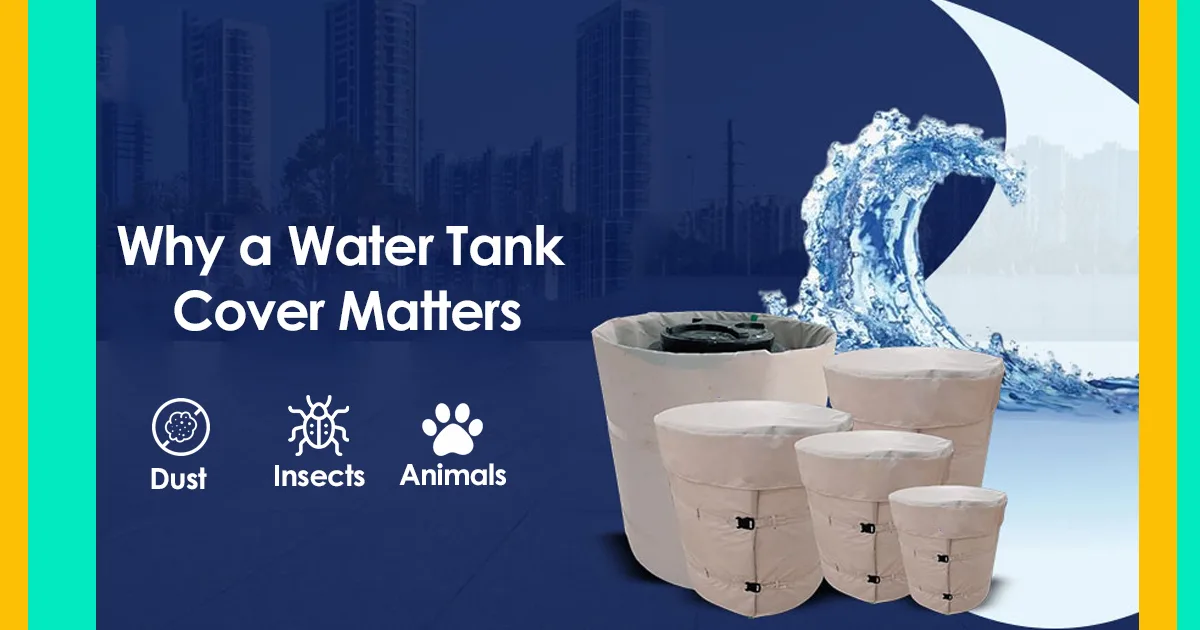
Before diving into the materials, it’s essential to understand the value of a good water tank cover. Covers are not just lids—they are your first line of defense. A proper cover:
- Prevents contamination from dust, insects, and animals
- Reduces algae growth by blocking sunlight
- Minimizes evaporation in hotter climates
- Enhances the durability of the tank
- Ensures compliance with safety standards
Choosing the best water tank cover material is a small investment with big returns.
1. High-Density Polyethylene (HDPE) – Best Overall in 2025

Rank: ★★★★★
Ideal For: Residential & commercial tanks
HDPE continues to dominate the market in 2025, and for good reason. This lightweight, non-toxic plastic is incredibly strong and weather-resistant. HDPE water tank covers are easy to install and rarely require maintenance. They’re UV-stabilized, meaning they can withstand years of sun exposure without cracking or becoming brittle.
Pros:
- Corrosion-resistant
- Food-grade and safe for drinking water
- Budget-friendly for most homeowners
- Long-lasting in outdoor environments
Cons:
- Can warp under extremely high temperatures if not reinforced
If you’re looking for an all-around winner that offers excellent performance and affordability, HDPE is your go-to water tank cover material.
2. Fiberglass – The Strong Contender
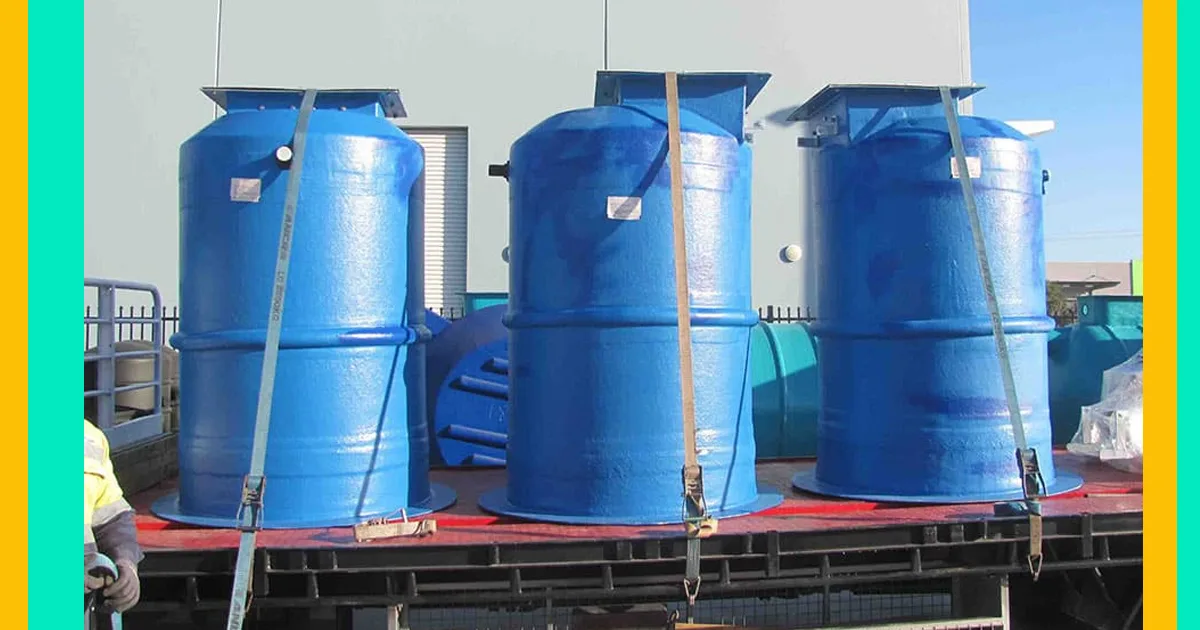
Rank: ★★★★☆
Ideal For: Industrial and high-capacity tanks
Fiberglass is another top-rated material for water tank covers in 2025. Known for its high tensile strength and resistance to chemicals, fiberglass is ideal for large tanks that store non-potable water or need extra durability.
Pros:
- Resists corrosion from chemicals and saltwater
- Lightweight yet very strong
- Can be customized for large tanks or irregular shapes
Cons:
- Higher upfront cost
- May require professional installation
Though more expensive than HDPE, fiberglass provides added value over time, especially in harsh environments.
3. Stainless Steel – Premium Choice for Longevity
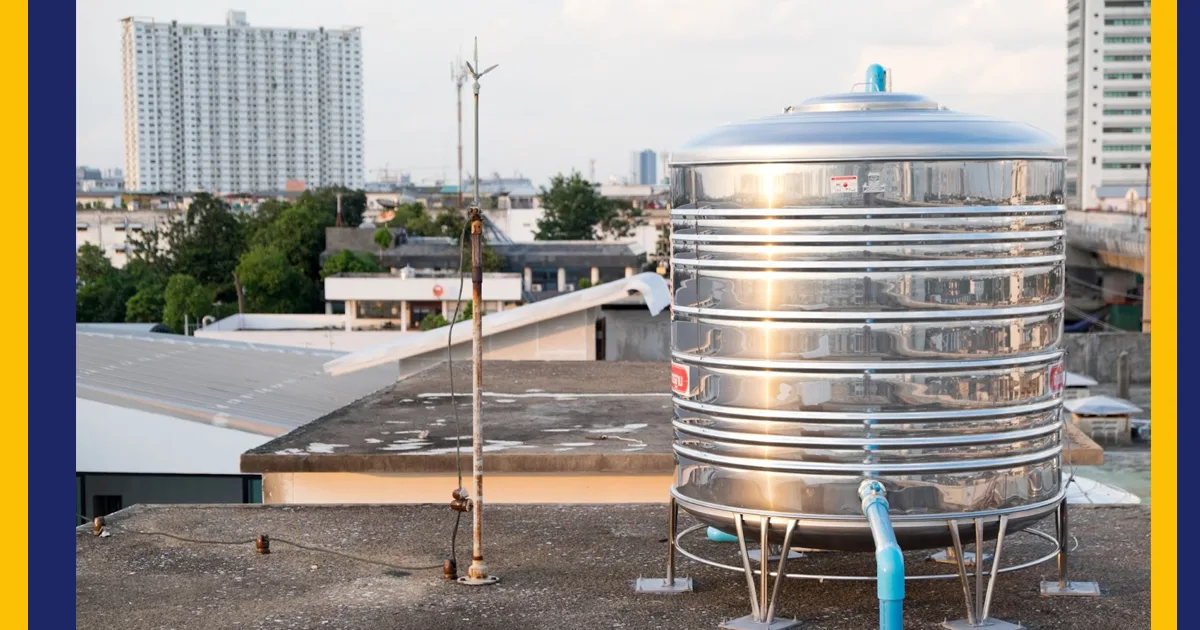
Rank: ★★★★☆
Ideal For: Long-term commercial or underground storage
If you’re aiming for maximum durability and don’t mind paying extra, stainless steel is a premium water tank cover choice. It can withstand nearly any weather condition and does not degrade over time.
Pros:
- Extremely durable and corrosion-resistant
- Aesthetic finish for modern installations
- Safe for potable water
Cons:
- Expensive
- Heavy and hard to install without equipment
In commercial and industrial sectors where longevity is key, stainless steel earns its place among the top water tank cover materials for 2025.
4. PVC (Polyvinyl Chloride) – Affordable and Flexible
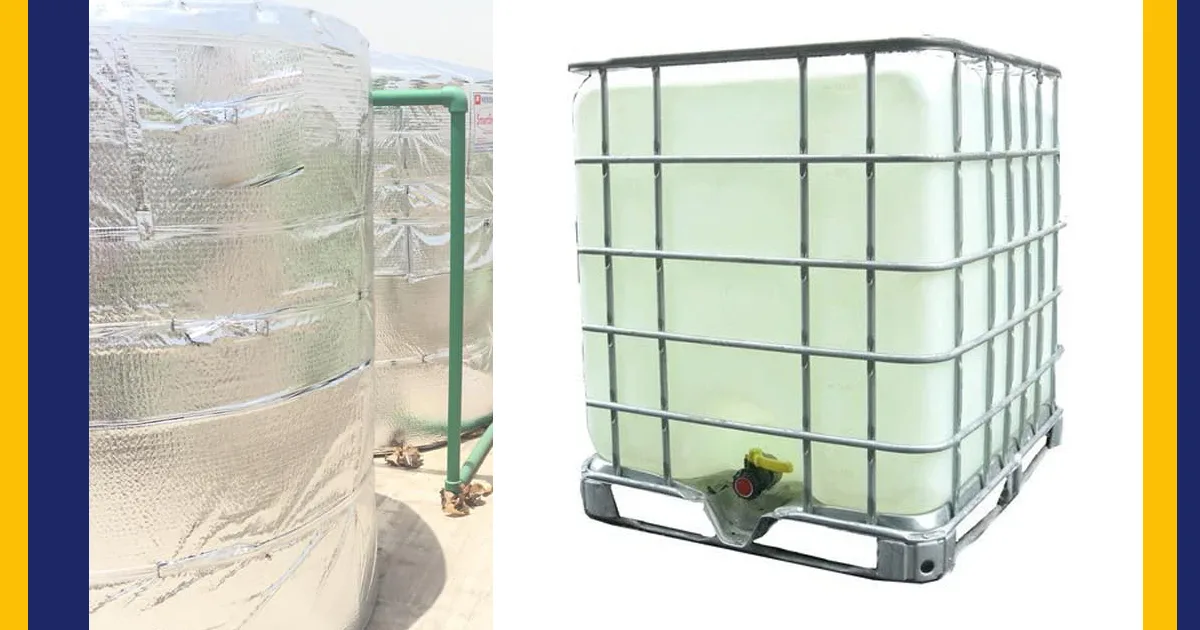
Rank: ★★★☆☆
Ideal For: Temporary or small-scale use
PVC water tank covers are widely available and offer decent protection at a lower cost. They’re not as long-lasting as HDPE or fiberglass, but they serve well in moderate climates or short-term applications.
Pros:
- Affordable
- Lightweight and flexible
- Easy to install and replace
Cons:
- Limited durability
- Can degrade under UV exposure
For those looking to protect their tanks on a budget, PVC can be a suitable temporary solution.
5. Galvanized Steel – Rugged and Reliable
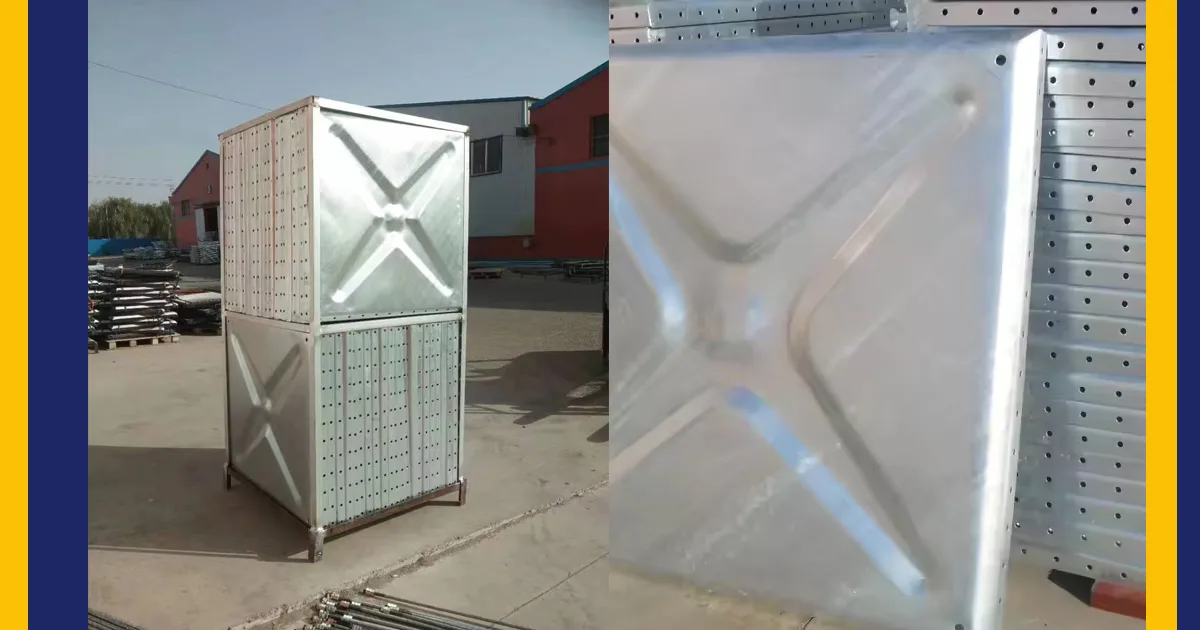
Rank: ★★★☆☆
Ideal For: Rural, agricultural, or high-impact areas
Galvanized steel has been a traditional favorite for decades. It’s sturdy, rust-resistant, and holds up well under physical stress. However, it’s slowly being replaced by more modern materials due to weight and maintenance concerns.
Pros:
- High impact resistance
- Long lifespan with proper coating
- Common in agricultural setups
Cons:
- Prone to rust without a zinc coating
- Heavy and difficult to handle
While not the most modern material on the list, galvanized steel is still a reliable water tank cover option for rugged environments.
6. Concrete Slabs – Old School but Functional
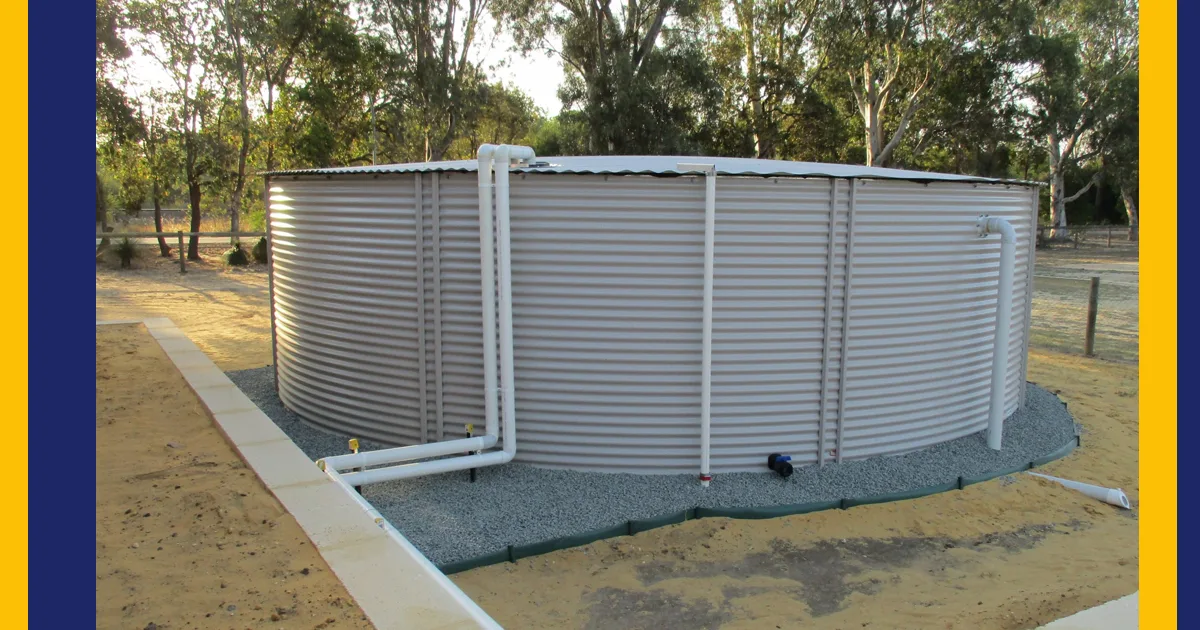
Rank: ★★☆☆☆
Ideal For: Large, fixed underground water tanks
Concrete might not be the first thing you think of for a water tank cover, but it still has its place. Particularly in older systems or rural installations, a slab of concrete provides security and insulation.
Pros:
- Offers excellent protection
- Insulates water from heat
- Virtually indestructible
Cons:
- Very heavy
- Difficult to access the tank
- Prone to cracks over time
Use concrete if your system is fixed and won’t require frequent access.
Choosing the Right Material Based on Your Needs
When selecting the best water tank cover, it’s not just about the material—it’s about how it fits your specific requirements. Ask yourself:
- Is the tank above ground or underground?
- Will it store drinking water or greywater?
- What’s the local climate like?
- Do you need a temporary or permanent solution?
Answering these questions will help narrow down your options and ensure you get the most from your investment.
Where to Find Quality Water Tank Covers in Pakistan

If you’re in Pakistan and looking to purchase or compare water tank cover options, a great place to start is Gratis Ads. This online marketplace features listings from verified sellers across the country, offering competitive prices and delivery services. Whether you’re looking for HDPE covers or custom fiberglass solutions, gratisads.pk makes it easy to browse, compare, and buy directly.
Maintenance Tips to Extend Cover Life
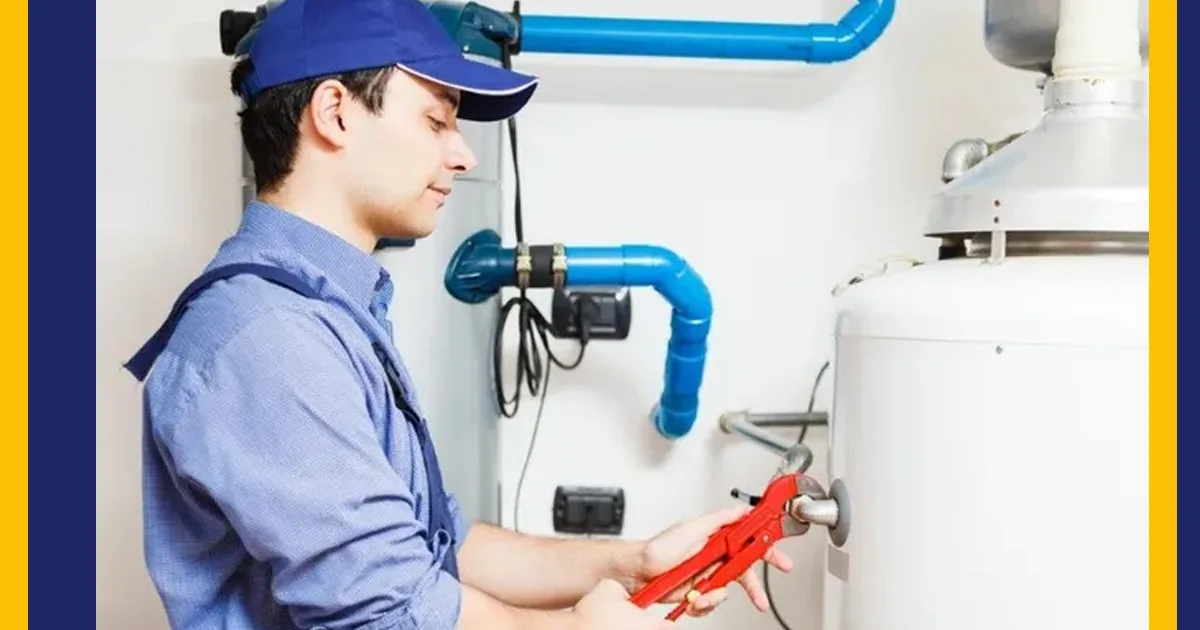
No matter what material you choose, proper maintenance can significantly extend the life of your water tank cover. Here are some quick tips:
- Clean the cover every 3-6 months
- Check for cracks, holes, or signs of wear
- Ensure seals are tight and intact
- Avoid placing heavy items on the cover
- Apply UV-resistant coatings where necessary
With just a bit of care, even budget materials can last longer than expected.
Innovations to Watch in 2025
As sustainability and smart home integration continue to rise, we’re seeing new features added to water tank covers. Some emerging technologies to watch include:
- Solar-powered vents to reduce pressure buildup
- Sensor-embedded covers that alert you to contamination
- Eco-friendly bioplastics replacing traditional PVC
- Modular covers with detachable panels for easier access
Manufacturers are prioritizing efficiency, safety, and smart integration in 2025, making it an exciting time to upgrade your system.
Frequently Asked Questions (FAQs)
Yes, a quality water tank cover—especially one made from UV-resistant materials like HDPE or fiberglass—can significantly reduce heat absorption, keeping water cooler in hot climates.
Most high-quality water tank covers last 5–10 years, depending on the material and exposure to weather. Regular inspection every 6–12 months is recommended to ensure it remains effective.
To prevent algae growth, use an opaque, UV-resistant water tank cover that blocks sunlight, as light promotes algae proliferation. Regular cleaning and ensuring all openings are sealed also help maintain water quality.


